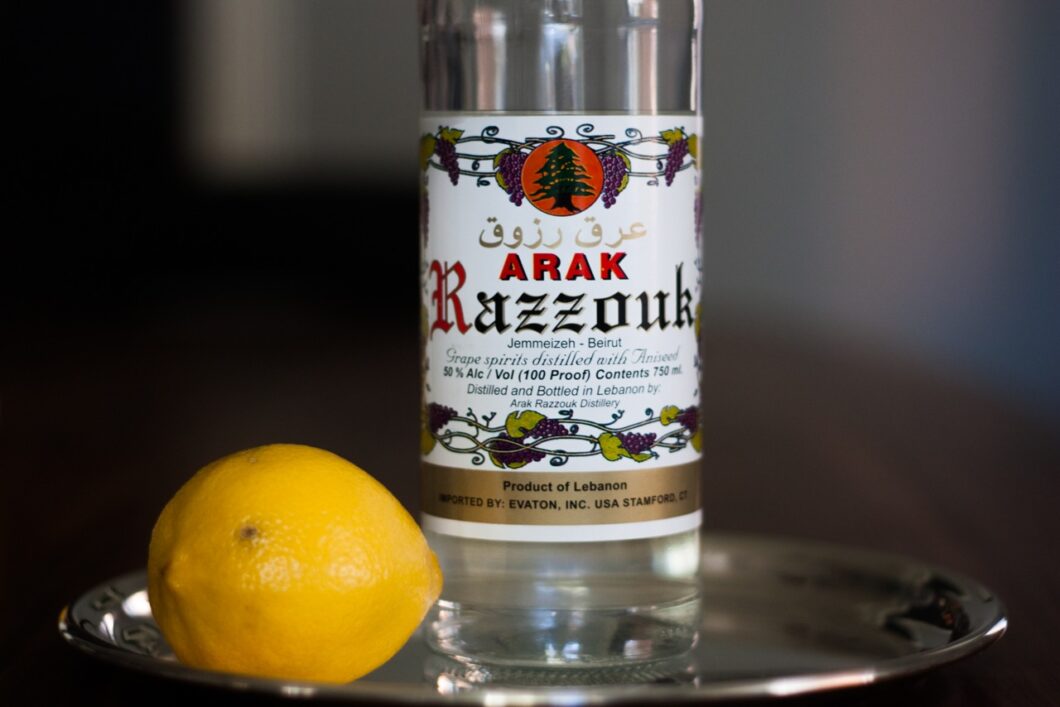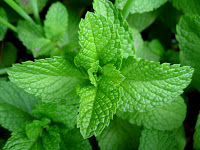Armenians and Greeks have a friendly argument going back a few years — make that a few thousand years, give or take — over who came up with the idea of adding anise to distilled spirits.
We vote for us, of course.
Armenians call their version oghi. The Greeks, ouzo.
Or maybe you prefer Turkish raki, or French Pernod or Italian Sambucca. They all taste like liquid licorice, and they all pack quite a kick.
Our families both called the home-brewed version arak, as it’s known in much of the Middle East.
My siblings and I were introduced to this stuff at an early age.
Don’t get me wrong, we weren’t drinking it with the “Big Boys.” It was reserved for use as a homemade medicine, when diluted with water, to cure tummy aches, toothaches, or whatever ailed us. This always fascinated me. When water was added to the Arak, it went from clear to milky. I never really liked the taste but appreciated the fact that the “ache” disappeared after consuming it.
Regular people buy Arak at the liquor store. My grandfather (Baboog), Oskan Vartanesian, made his own. (Shhhhhh! I don’t think he was supposed to!)
I learned recently, from reading friend Jack Hachigian‘s cookbook, Secrets from an Armenian Kitchen, that Baboog started making Arak during The Depression. He sold it for $5.00 a gallon- just enough to avoid going on Relief. Neither he, nor his Armenian neighbors would accept government aid, so they did what they could to get by.
My sister and I can recall walking home from elementary school, smelling a distinctively pungent odor in the air. As we approached our home, the scent became stronger, meaning only one thing. Even though the Depression was long over, Baboog was at it again- making Arak in the bathtub!
Baboog is long-gone, but not forgotten. These days we buy our Arak at the local liquor store. I don’t use it for medicinal purposes anymore; instead I use it as an ingredient in seafood recipes, or sip it slowly to enjoy after the meal.
Note from Doug: I’m just as happy sipping it before a meal, or during. Or, really, any time. The traditional protocol for enjoying arak in polite company is to pour a shot into a short glass of cold water (no ice) and sip, as Robyn suggests.
However, the old-timers, like my own grandfather, were no more interested in protocol than in diluted liquor. So they drank it straight.
Or so I’m told. The arak jug in our house remained more-or-less full throughout my childhood. My father took a shot only when he felt a cold coming on. My mother’s preferred medicine was blackberry brandy, so I never got a taste of this traditional Armenian folk medicine until I was old enough to buy a bottle.





Have I missed the post on Armenian Pomegranate wine (best served with desert — but, then, what isn't)? I would point out that my bottle claims to be 100 per cent organic.